“Without a way to name our pain, we are also without the words to articulate our pleasure.”
This is the poignant quote from cultural theorist Bell Hooks displayed at the entrance of exhibition 201 Holding Space at the Museum of Modern Art in New York City.
For many Black individuals in North America, Hooks’ words ring all too true. Without adequate formally established methods of addressing the complexities of contemporary Black experiences, confronting the challenge of understanding, exploring and representing these experiences proves extremely difficult for many Black artists.
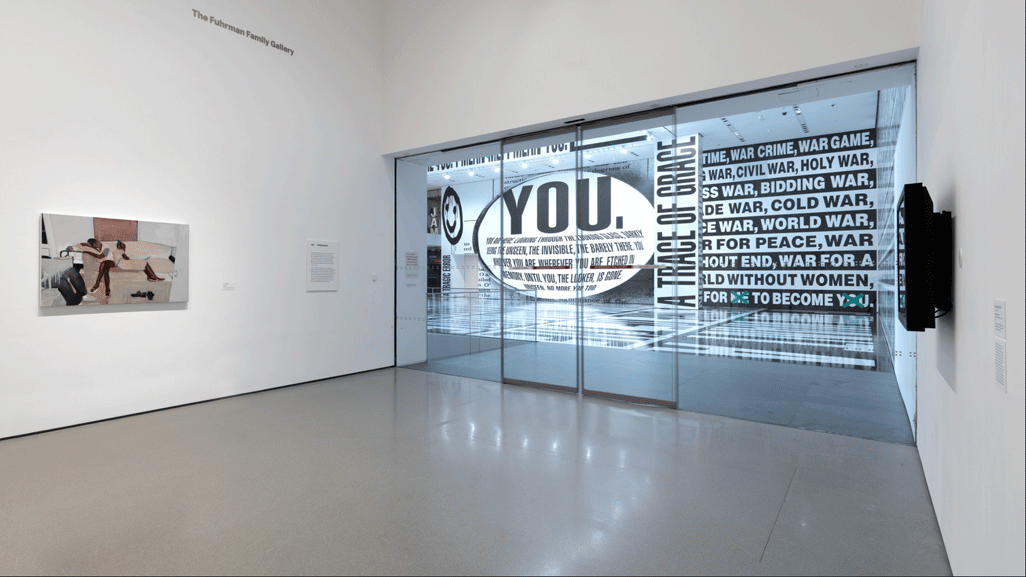
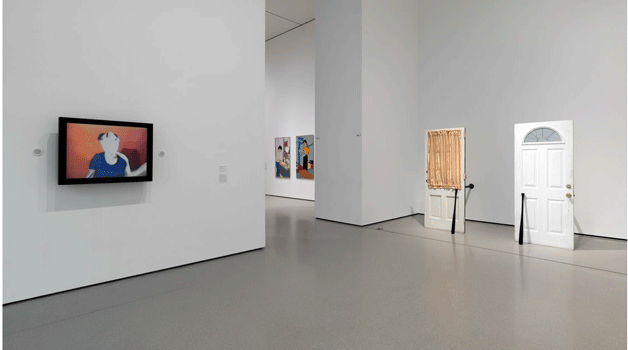
The Holding Space exhibition aims to present the works that have managed to confront these challenges while blurring the lines between Black experiences of comfort and grief as well as personal narrative and collective space.
Featuring a slew of artworks from various artists, Holding Space heavily features the work of Howardena Pindell, one of the United States’ most influential Black artists and curators. Pindell utilizes art to pose questions about the relationship between “individual agency, public discourse and the desire for freedom” and dissects the shortcomings of feminist and social justice movements of past decades. Pindell’s artwork not only highlights the injustice and inequalities faced by Black individuals in North America but how thoughtful and purposeful art can act as a fundamental methodology for achieving the United Nations Sustainable Development Goals for Gender Equality and Reduced Inequalities.
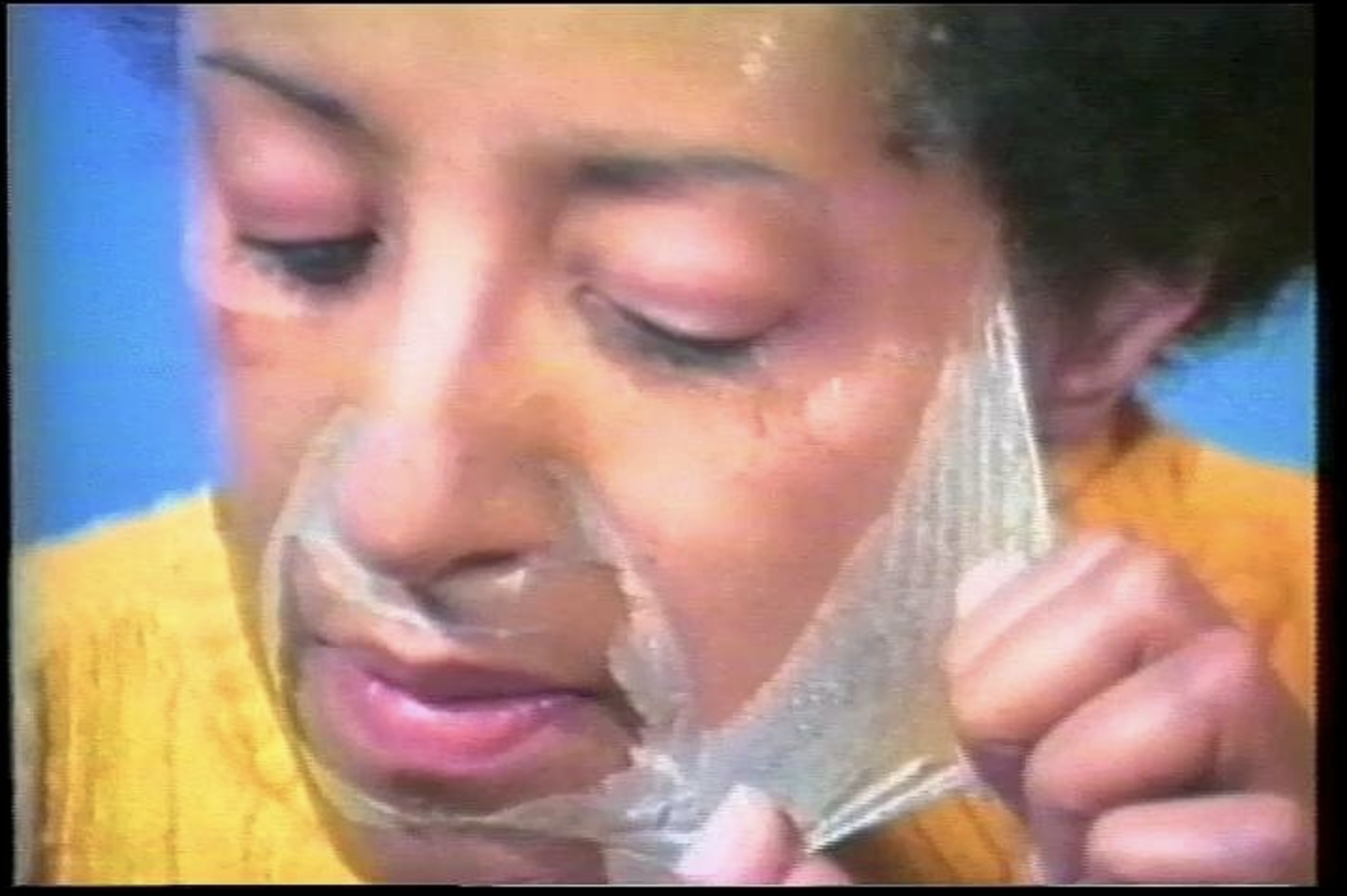
The first thing seen when entering the exhibition, Pindell’s video piece Free, White and 21 echoes through the relatively empty space, a small television screen inviting visitors to immerse themselves in twelve minutes of her world. Intertwining political and personal desires, she transforms an empty space into a site of both “profound unease and charged intimacy.”
Born in 1943, Pindell grew up in the United States’ south, a region at the time rampant with racism and lawful segregation as per Jim Crow laws that remained in place. She was only 21 when the Civil Rights Act passed in 1964, an act that would supposedly end segregation and provide fundamental rights to Black individuals, but more importantly an act that would come to serve as the foundation for Pindell’s future artwork and Free, White and 21.
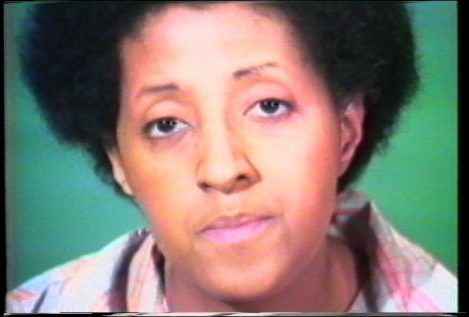
Following 12 years of climbing the Museum of Modern Art’s curatorial ranks and a particularly bad car accident that left Pindell with partial memory loss in 1979, she sat down in what she describes as “one of the hottest summers in New York,” set up her video camera, focused it on herself and recorded Free, White and 21. The work itself is an account of the litany of racism and the various inequalities that Pindell and her mother have been subjected to over the course of their lives. Yet, it is not the typical emotionally-charged account of mistreatment, rather her entire work remains largely "deadpan" and devoid of physical emotiveness, in turn allowing viewers themselves to derive their own emotions towards the work and the experiences recounted.
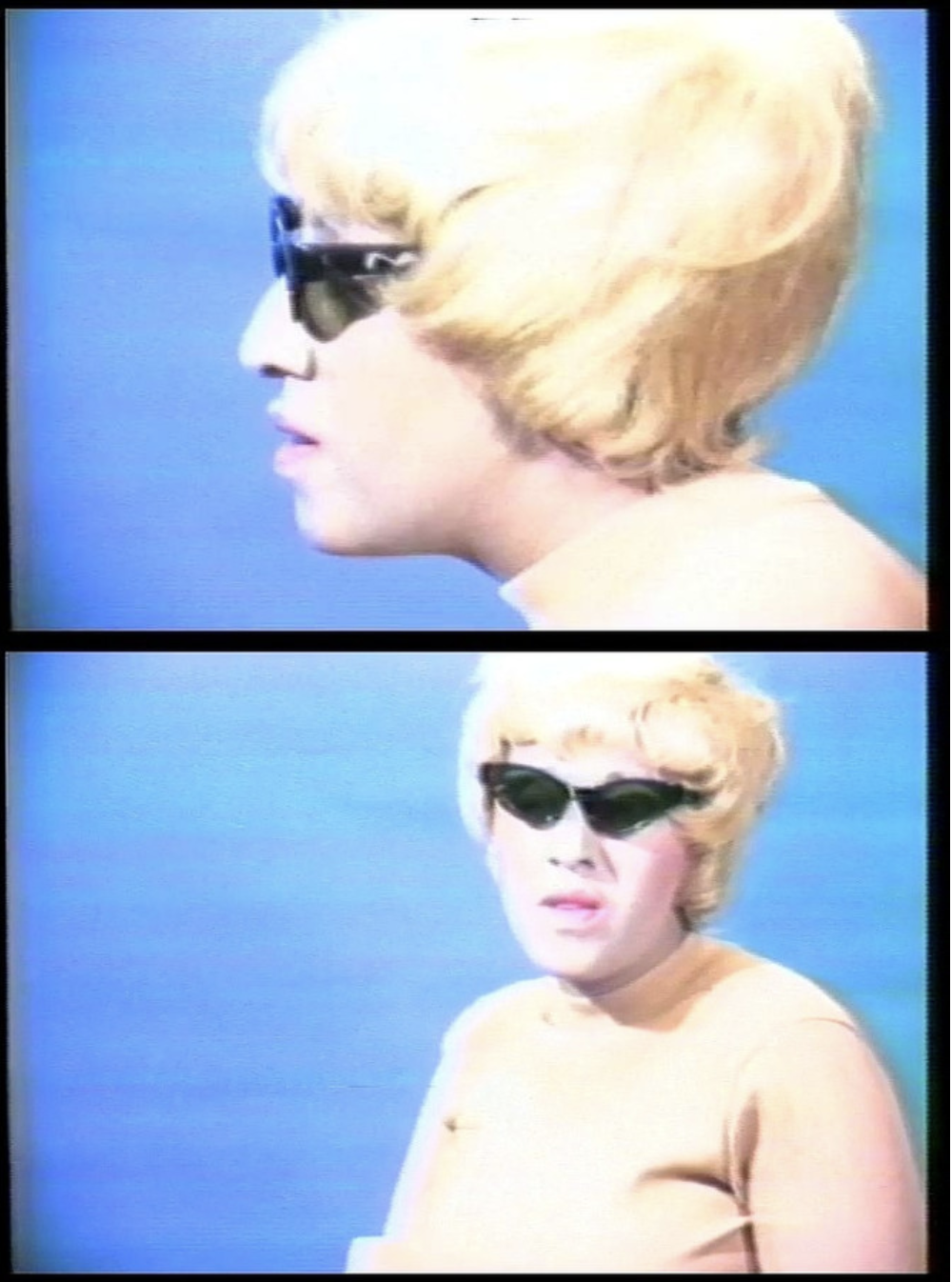
Beginning the video, Pindell flashes on screen in a fleeting shot, appearing dressed in “whiteface” wearing a blonde wig and sunglasses, reminiscent of the 1950s or 1960s White woman. Appearing in whiteface, which some may indeed consider wholly controversial, she sets the tone for the entire work, referencing back to this “character” as the titular “free, white and 21” year-old woman. A woman exactly the same as Pindell, yet treated much differently, with such different rights and freedoms, merely because of her race. This character returns throughout the twelve-minute experience, consistently popping in to discount the negative experience Pindell recounts with statements such as “you really must be paranoid,” and “you won’t exist until we validate you.” The constant litany of both dismissive and oppressive statements serves as a constant reminder that the searing experiences that Black individuals face in North America are so often not taken seriously by non-racialized individuals as true experiences of inequality and discrimination.
Following the appearance of Pindell’s whiteface character, she delves deep into recounting instances of racism, discrimination and inequality that have plagued most of the major moments of her life. First exploring the “abusive racism” and sexism that she and her mother experienced at the earliest memorable moments of her life, from racist kindergarten teachers to racist babysitters that attempted to wash the “darkness” or “dirt” off her skin when noticing she was Black.
Pindell is quick to move across the timeline of her life up until 1980, moving through high school, her time at Boston University and other major milestones such as applying for a job at Time Life. She so bluntly and devoid of nearly any emotion, describes being constantly denied opportunities due to her race or being subjected to sexist remarks by employers who didn’t view women as being able to work in the art world, ultimately making her advancement to the highest level of the art world nearly impossible.
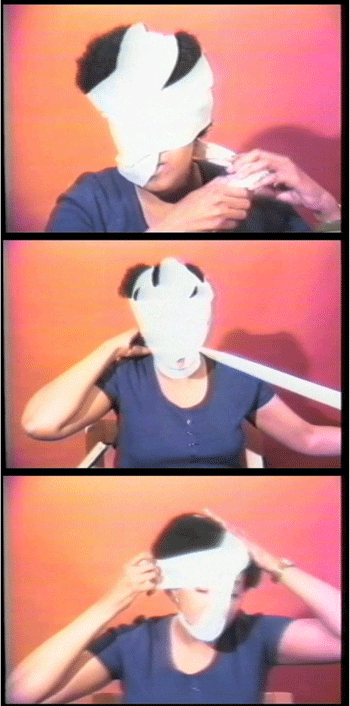
After so thoroughly addressing racial inequalities and the frequent nature of racism experienced daily, Pindell closes off the twelve minutes with a drastic turn. Entirely interrupting her narrative, she is shown peeling off a translucent mask and in turn wrapping her entire head in gauze bandages. “Bristling at the women’s movement as well as the art world,” Pindell utilizes this translucent mask as a method of referencing the facial masks and cosmetic products that are constantly marketed to women to “beautify and transform their looks.” Ironically, in utilizing translucent film, she l highlights that there is no change to her looks nor the colour of her skin because in reality there is no product developed by a white and male-dominated American society that can alter the way in which minorities like women of colour are seen, rather these changes can only come when women of colour cease to be treated as though they are a liability.
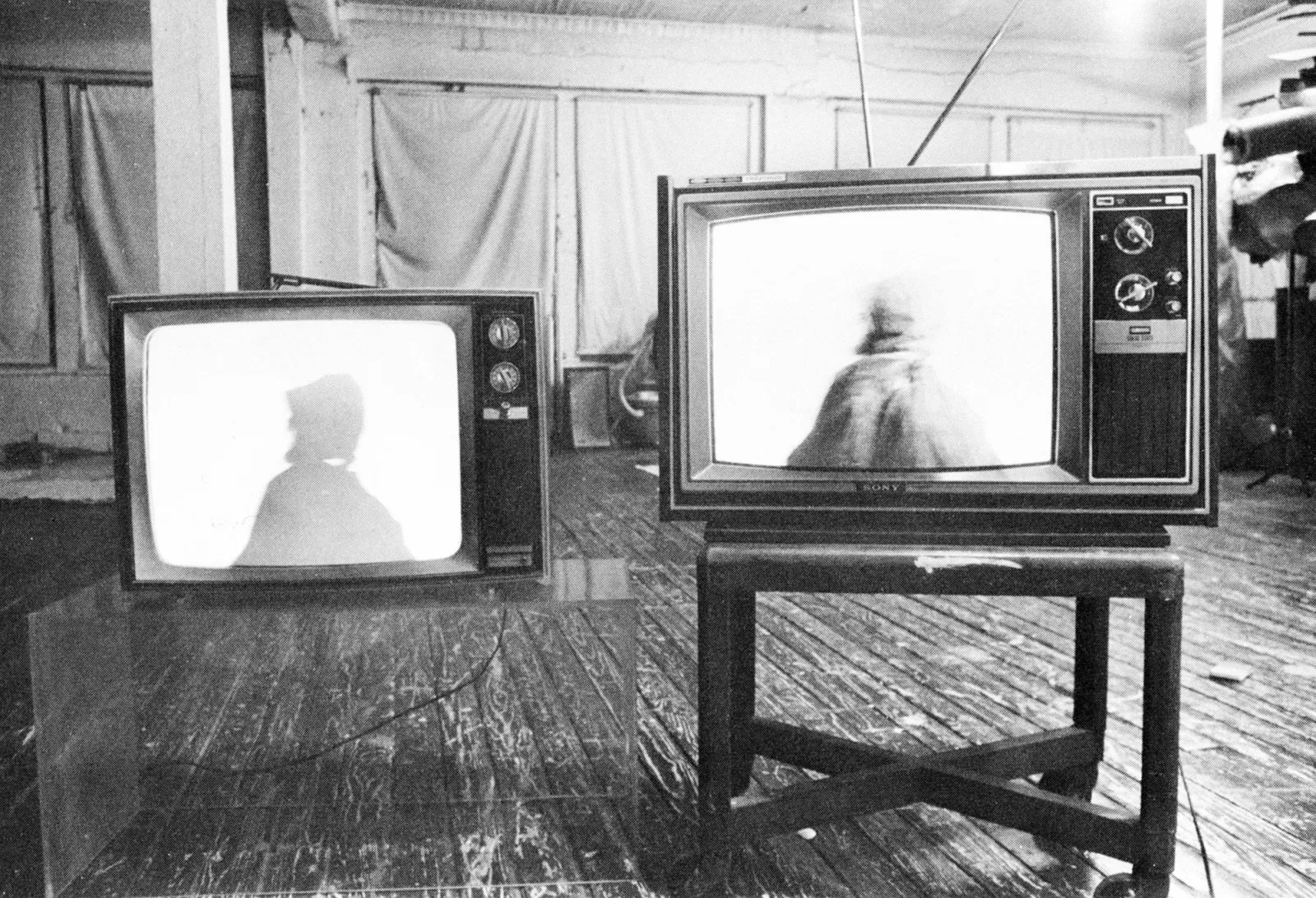
When examining the absolute plethora of racial and gender-based violence and discrimination occurring in our world today, we must think that although forty-three years old in 2023, Young, White and 21, remain a stark reminder that society is constantly failing to reduce inequalities and encourage gender equality. Regardless of the bleak outlook, one may feel when viewing Pindell’s work, Young, White and 21 serves to remind us that current methodologies of reaching the United Nations Sustainable Development Goals of Reduced Inequalities and Gender Equality must change, and together as society understands the true nature of inequality, we must aim to reevaluate how we go about reaching these goals.
As the Museum of Modern Art’s first Black and female curator during the 1970s, Howardena Pindell is living proof that by tapping into experiences that one cannot name or articulate, and focusing those experiences into artwork, artists themselves can make large steps forward in efforts to reduce inequalities and create a world in which true equality reigns supreme.
Howardena Pindell’s Young, White and 21 and other works are currently on display at Exhibition 201: Holding Space at the Museum of Modern Art in New York City. For more information on Pindell’s various works and the exhibition visit the Museum of Modern Art’s website.
